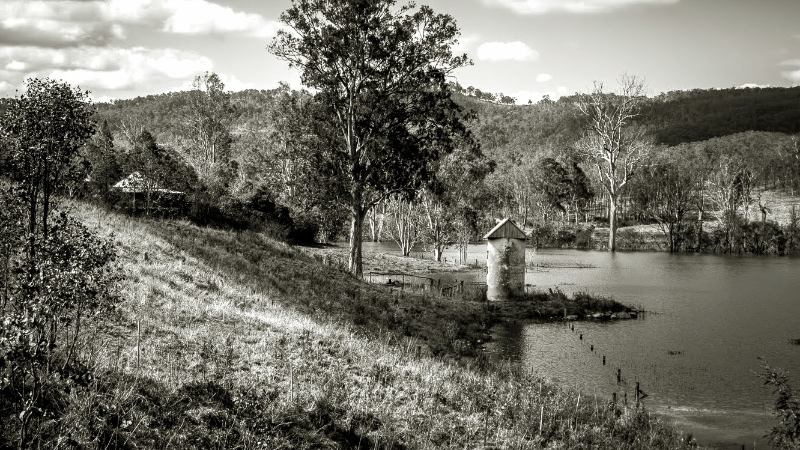Beyond Point-and-Shoot: How Limitations Shaped Black and White Photography
The 19th century saw the birth of black and white photography, a revolutionary way to capture the world. But here’s the thing: back then, it wasn’t all sunshine and rainbows (well, not in the photos, at least!). These early cameras had some serious limitations, and guess what? Those limitations actually became a springboard for creativity!
The Setup Struggle: How Slow Film Speeds Changed the Game
Imagine film so slow it takes ages to capture an image! That’s what early photographers dealt with. This meant careful planning to avoid blurry photos. Tripods became their best friends, and capturing fleeting moments was pretty much out of the question. But hey, the slow shutter speeds also led to those dreamy, almost mystical pictures you love, with a hazy, timeless feel. Think of it like a scene straight out of a forgotten dream.
Finding the Sweet Spot: The Challenge of Limited Dynamic Range
Early film couldn’t handle the full range of light and shadow, like going from super bright highlights to deep, dark shadows. This forced photographers to pick and choose what to emphasize in a scene. Often, they opted for high-contrast images, creating a dramatic effect and highlighting the key parts of the photo.
The World in Shades of Gray: Embracing the Absence of Color
No color? No problem! Black and white photography presented a unique challenge. Photographers couldn’t rely on color to tell the story or grab your attention. Instead, they became masters of light, shadow, texture, and form. This focus on the “building blocks” of a picture led to more abstract and minimalist compositions.

Turning Limits into Inspiration: Creative Responses to Constraints
Despite the limitations, photographers weren’t discouraged. They saw these challenges as opportunities! Here are some of the cool techniques they developed:
- High-Contrast Heroes: Remember the dramatic black and white photos you love? Limited dynamic range is the secret sauce! By emphasizing the contrast between light and dark, photographers created powerful and intense images, especially effective for capturing the social issues of the time.
- Selective Focus Spotlight: Since capturing everything in focus was tricky, photographers experimented with selective focus. This meant focusing on a specific part of the scene and blurring the rest, creating a sense of mystery and drawing your eye right where they wanted it.
- Beyond the Literal: Abstraction and Symbolism The lack of color and technical limitations pushed photographers to explore new ways of expressing themselves. They used light, shadow, and form to create images that evoked emotions and ideas that went beyond just showing you what was there. This led to the birth of new photographic styles like surrealism and abstract expressionism.
A Legacy in Black and White: The Influence on Today’s Photography
The creative struggles of early black and white photography continue to inspire photographers today. Even though modern technology has overcome most of those limitations, many photographers still choose to work in black and white because of the unique aesthetic and expressive possibilities it offers.
Black and white photography remains a powerful tool for capturing the world in a way that’s both beautiful and thought-provoking. It allows photographers to focus on the essence of a scene, to tell stories with emotion, and to create images that feel timeless. By understanding the challenges faced by early black and white photographers, we gain a deeper appreciation for their work and the foundation they laid for the stunning black and white photography we see today.
